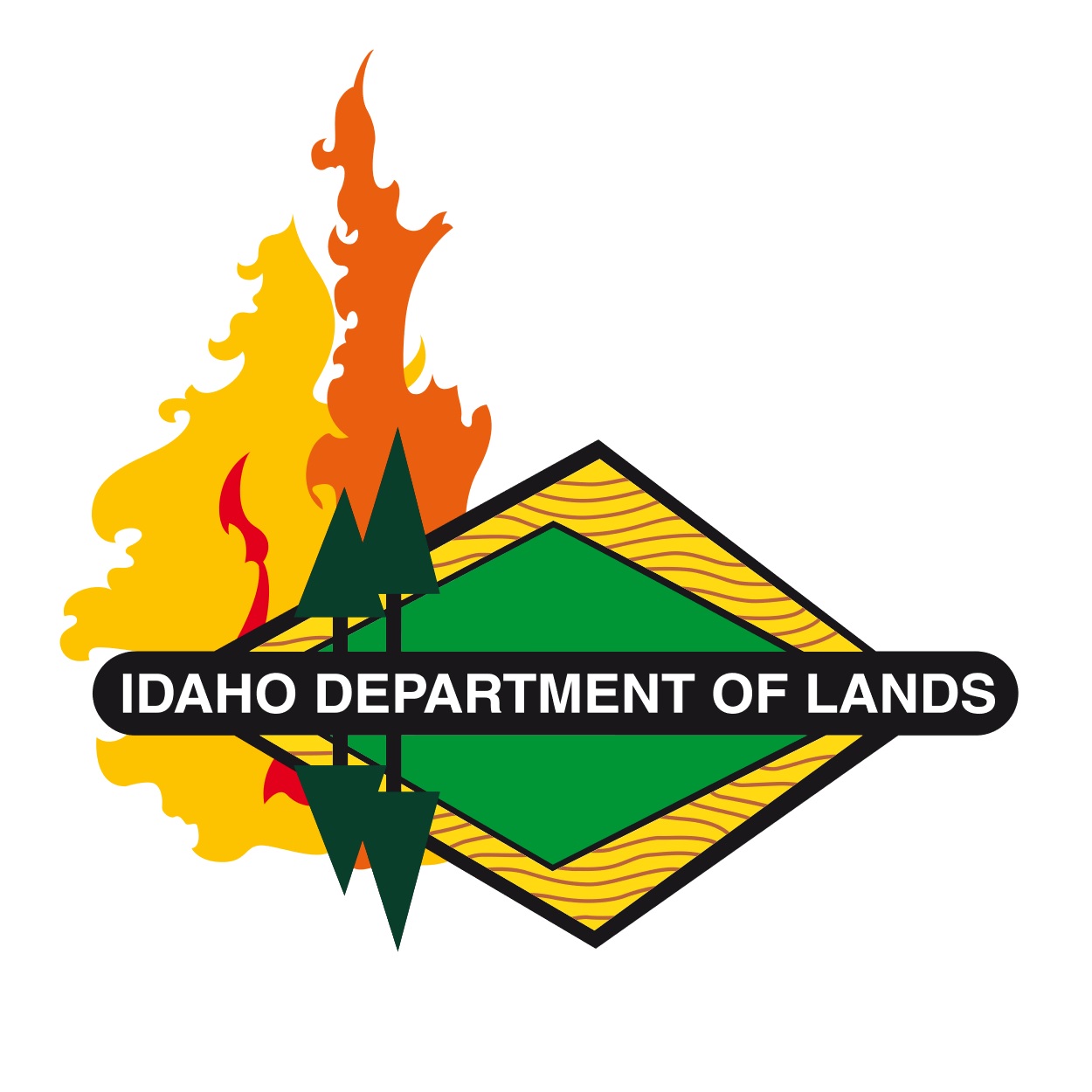Logging of dead and dying trees hit by tussock moth is underway
Monday October 21, 2019(BOISE) – Trucks loaded with trees damaged by the Douglas-fir tussock moth infestation in the Packer John State Forest are making their way to area sawmills. The Idaho Department of Lands sold nearly 2,000 acres of dead and dying timber as part of two salvage sales. The tree harvest reduces fire risk, addresses safety concerns to the recreating public, and clears the way to plant trees that are less preferred by tussock moth. The salvage sales also generate money to help fund public schools in Idaho.
B-roll with interview and photos/media opportunity today
High-quality video of logging of the dying trees, photos, and a video interview with Chris Clark, Idaho Department of Lands Resource Manager, is available to the media here: https://www.dropbox.com/sh/t4u1n97k260o4s4/AACRHSKMJJgSEFadJcEajbl6a?dl=0
Chris Clark is available in person today at noon at the Garden Valley Market in Crouch, Idaho. From there he will escort media in their own vehicles up logging roads for interviews and to see the logging operation. The logging is 40 minutes from Crouch. If you would like to meet Chris, please contact Robbie Johnson, Public Information Officer with the Idaho Department of Lands at (208) 908-1786 by 10:30 am.
Additional information: The Hidden Scriver Salvage has loaded logging trucks traveling north through Smiths Ferry on Idaho 55 through Cascade, McCall, then arriving at mills in Grangeville and New Meadows. Logging will start in the Center Howell Salvage area in a few weeks. Those trucks will be traveling south on Idaho 55 into Horseshoe Bend, then turning onto Idaho 52 to reach a mill in Emmett.
All merchantable damaged trees within the salvage sale areas will be harvested except for ponderosa pine and spruce trees, which are not commonly damaged by tussock moth. Those species make up a small percentage of trees within the harvest areas. Most of the logging for these sales will take place this fall until snowfall accumulation makes logging too difficult.
Following salvage operations, the land will be planted with a variety of tree species (ponderosa pine, lodgepole pine, Engelmann spruce and western larch) to make the forest less susceptible to this type of catastrophic damage in the future. While this current tussock moth outbreak has run its course, outbreaks historically happen every 10 to 20 years.
IDL and the Boise National Forest are both working to remove tussock moth damaged trees through timber sales in the area. “Leaving the dead trees standing there, they will decompose, fall over roads, and present other safety hazards,” said Carol Ross, Forest Service Representative for the Boise National Forest. “We are mitigating those future hazards now, and recovering some of the timber value at the same time.”
“These efforts have already resulted in a healthier forest,” said Chris Clark, Lands Resource Specialist, with the Idaho Department of Lands. “The landscape is green, instead of darkened by dead trees.”
# # #
Other Media Materials
Drone video: https://www.youtube.com/watch?v=MzXvyvobbc&list=PLexGgZqmpm6I_iu1RIoKUbfDxwvwTDJbX
Douglas-fir tussock moth FAQs: https://www.idl.idaho.gov/wp-content/uploads/sites/2/forestry/forest-health/packer-john-salvage/dftm-2019-faqs-072919.pdf
NEWS MEDIA CONTACT:
Robbie Johnson, Public Information Officer Idaho Department of Lands W: (208) 334-0286 C: (208) 908-1786 pio@idl.idaho.gov

